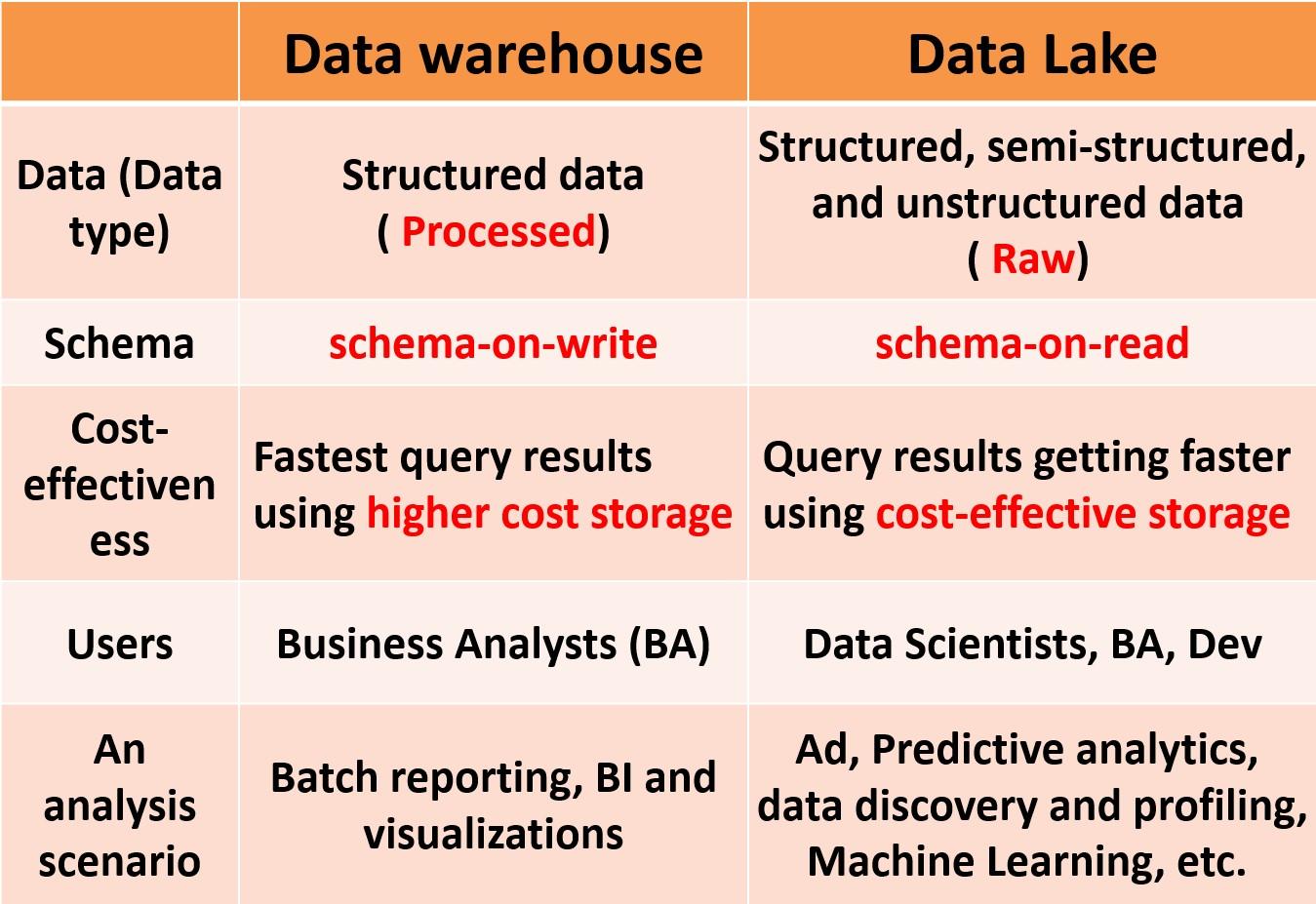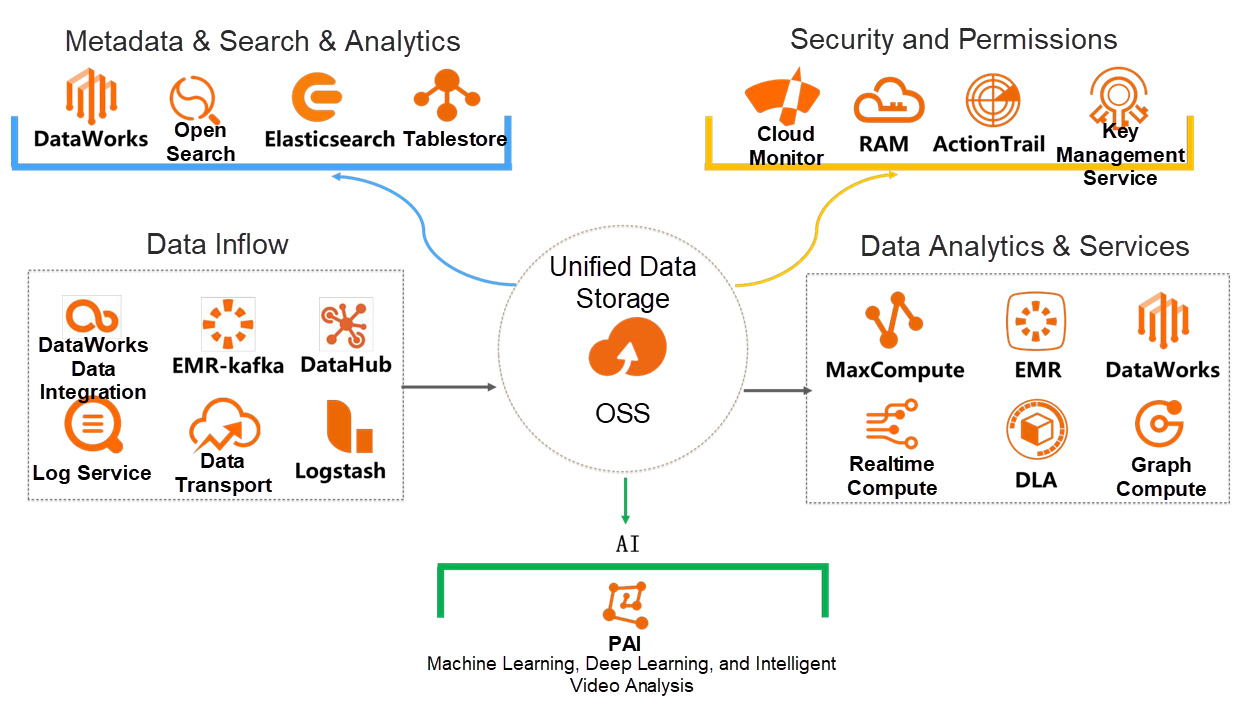Digital transformation has become a hot spot in the IT industry owing to explosive data growth. Accordingly, an in-depth value analysis of data has become the need of the hour. Therefore, it is necessary to protect the original information retained in data to meet the ever-changing future needs. Database middleware products such as Oracle cannot adapt to this trend, so new computing engines are constantly emerging to cope up with the data age. Recently, many companies have been discussing the concept of a data lake. Companies expect a system that can retain the original data information while connecting to a variety of computing platforms. The idea is to stay ahead of the competition in the data age with such advanced systems.
A data lake provides centralized storage for various types of data, including structured, semi-structured, and unstructured data. It requires no predefined schema. Instead, it can store data in the original format while covering various types of data input sources. A data lake seamlessly connects to various computing and analysis platforms and provides good support for the Hadoop ecosystem. You can directly use the data available in a data lake for data analysis, processing, and querying. Thus, you can explore the value of data through in-depth data mining and analysis.

Object Storage Service (OSS) is a secure, cost-effective, and highly reliable cloud storage service provided by Alibaba Cloud. It enables users to store a large amount of data in the cloud. OSS supports durability of at least 99.9999999999% and availability (or business continuity) of at least 99.995%. OSS provides RESTful APIs that are independent of platforms. You can store and access any type of data anytime, anywhere, and from any application.

As the storage component of a data lake, OSS can fully meet the key requirements of a data lake.
1) OSS adopts a distributed system architecture and flat namespace design, which supports unrestricted storage. In addition, performance and capacity of OSS can increase linearly with system expansion.
2) OSS supports elastic scaling. You can expand its capacity automatically with no size limit on the storage space. You can also expand the storage space as needed and pay only for the actual usage without configuring it in advance.
3) OSS supports high data availability.
In conclusion, OSS is a suitable solution for enterprises to build large, efficient, and secure data lakes especially in scenarios that require analyzing massive amounts of data.
Implementation and Challenges of Data Lake Metadata Services

62 posts | 7 followers
FollowAlibaba EMR - June 8, 2021
Alibaba EMR - April 30, 2021
Alibaba Cloud MaxCompute - January 7, 2019
Alibaba Cloud MaxCompute - January 7, 2019
Alibaba Cloud MaxCompute - March 31, 2021
Alibaba Cloud MaxCompute - August 15, 2022

62 posts | 7 followers
Follow Big Data Consulting for Data Technology Solution
Big Data Consulting for Data Technology Solution
Alibaba Cloud provides big data consulting services to help enterprises leverage advanced data technology.
Learn More Big Data Consulting Services for Retail Solution
Big Data Consulting Services for Retail Solution
Alibaba Cloud experts provide retailers with a lightweight and customized big data consulting service to help you assess your big data maturity and plan your big data journey.
Learn More Data Lake Formation
Data Lake Formation
An end-to-end solution to efficiently build a secure data lake
Learn More Security Center
Security Center
A unified security management system that identifies, analyzes, and notifies you of security threats in real time
Learn MoreMore Posts by Alibaba EMR